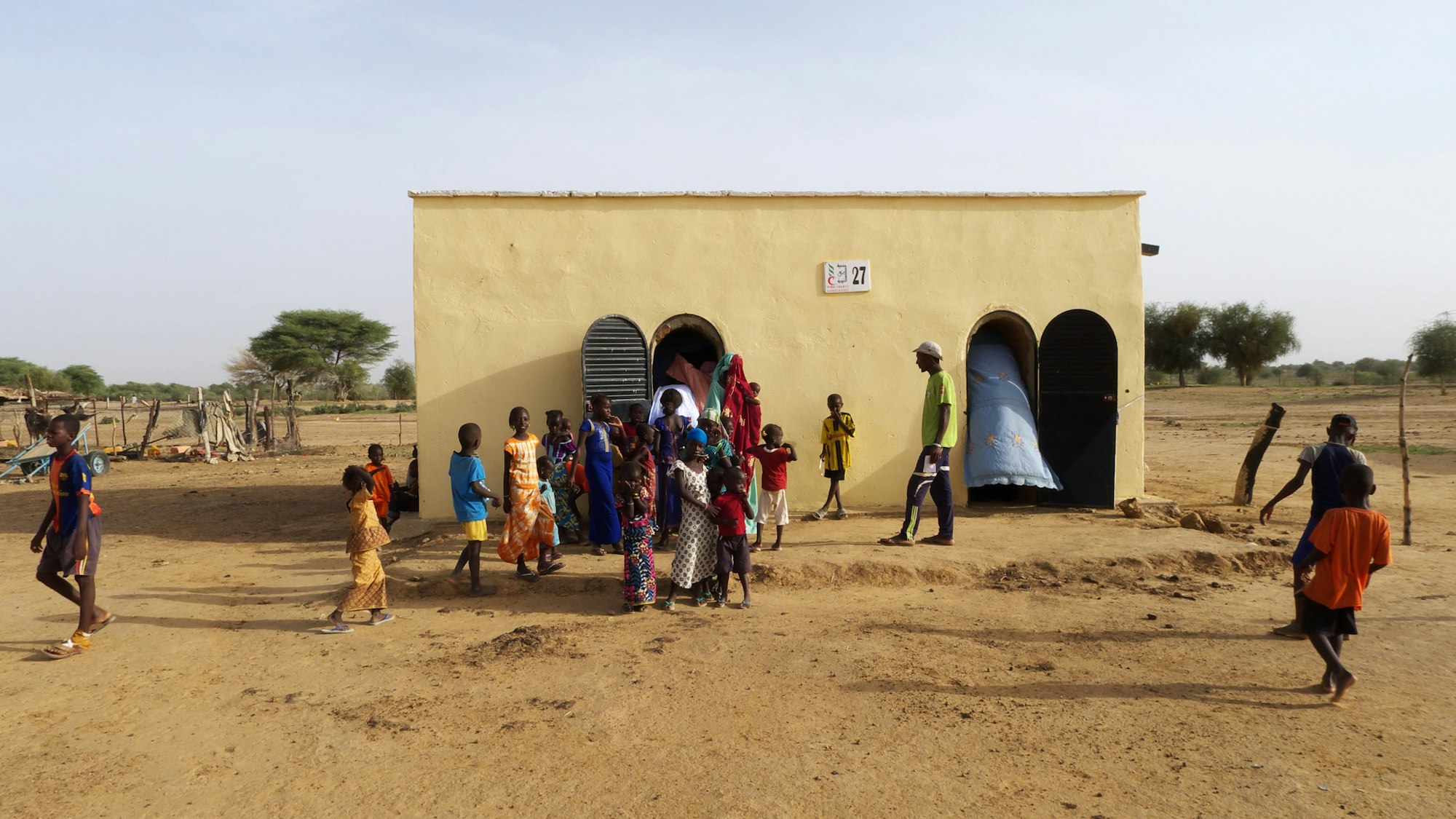Earth roofs for Mali houses
Help families living on less than $2 a day build houses that stay cool and emit less CO2
Climate impact
Reduction
Solution
Buildings
Location
Mali
Evaluation
No official carbon standard

ABOUT
Learn more about the
project
The most powerful climate solutions aren’t always high-tech and brand new. This one is simple and ancient.
Around 22 million people live in the rural Sahel region, a transition zone between the Sahara desert and the savannah, and many of them live on less than $2 a day. Most households live in tin-roofed buildings that aren’t suited to high temperatures, and use unsustainably-sourced materials, like timber, that are becoming increasingly scarce.
This project helps these families build houses based on an ancient technique that involves building vaulted roofs without timber framework or shuttering. The Vault technique has stood the test of time, with the most ancient Nubian Vaults still standing 3,300 years later. These houses are durable, comfortable, weather resistant, ecological, and affordable. Because they’re made with raw earth instead of metal sheets and cement, they reduce CO2 emissions, and once built, need less energy to keep them cool due to the natural insulating properties of raw earth. They cost around half the price of buildings with alternative techniques and materials, because they use locally sourced raw materials, simple tools, and don’t require skilled labor.
This is a simple yet effective and financially accessible solution to help local populations adapt to climate change.
La Voûte Nubienne
ASSESSMENT
Everything about this project at a glance.
Climate impact
Reduction
How to read this
Our atmosphere is like a bathtub, which we have been filling for decades with greenhouse gasses. Each ton of CO2e in the tub increases the global temperature and affects the climate.
In order to prevent our bathtub from spilling - which would mean reaching a +2°C temperature increase - 3 types of actions exist:
●
Reduction: These projects reduce emissions, closing the tap and slowing down the filling of the tub (e.g. switching to more efficient fuels)
●
Avoidance: These projects preventing future emissions, stopping a new tap from being opened (e.g. protecting forests and peatlands so that they don’t start releasing CO2)
●
Removal: These projects remove and capture greenhouse gasses, emptying the bathtub (e.g. reforestation and direct air capture technology)
Solution
Buildings
How to read this
Solutions are different ways we can reduce, avoid and remove our emissions. They vary in terms of cost, level of maturity, potential to scale, and other factors. To make comparisons easier, Sweep groups solutions into categories such as Forests, Geoengineering or Buildings. Climate solutions are numerous: to learn more about what can be done, explore our catalog.
Location
Mali
How to read this
Solutions can be deployed in a large range of locations, from a micro-regions to entire sections of a continent. You might want to focus your contributions on specific areas to maximize local socioeconomic impacts or contribute where your activities are based.
Evaluation
Not certified • No official carbon standard
How to read this
Various international and regional standards rely on established methodologies, dedicated processes and third-party verifications to guarantee that a project delivers on its promises.
●
Certified: Standards, such as Gold Standard or Verra, are listed for maximal transparency
●
Not certified yet: The process to be certified is expensive and cumbersome, and ad-hoc methodologies might not exist for specific projects, preventing them from being certified. Sweep promotes other projects after a necessary due diligence, bringing more projects to a wider audience while also offering opportunities to develop and tailor new projects according to your own needs.
Capacity
4kt
How to read this
Capacity is the projected volume of tCO2e reduced or removed during the crediting period. This indicates the projected net impact of a project after adjusting for potential negative impacts and other externalities. This is key to assessing the current scale of a project and can give a quick estimate of what the considered volumes represent at the project scale.
Capacity does not reflect the available quantity of credits as some of them can already be sold.
Crediting Period
2019 - 2029
How to read this
Certified projects are eligible to generate carbon credits over a certain period of time. This crediting period gives a good estimate of the progress of a project.
●
Older crediting periods means that projects have delivered their promises and that third-party auditors have recognized the climate impact
●
Crediting periods covering coming years may have already been audited for a fraction of the volumes. The rest will be generated along future audits.
Co-benefits
5 SDGs
5 SDGs
SDG 1: No Poverty
Each Nubian Vault construction project offers local employement for around 4 persons during the agricultural cut-off season. Together, they will earn 230 euro of additionnal revenu.
SDG 4: Quality Education
Each Nubian Vault construction project is an opportunity to train new apprentices and masons to the Nubian Vault technique.
SDG 8: Decent Work and Economic Growth
Each Nubian Vault construction project offers local employement for around 4 persons during the agricultural cut-off season. Together, they will earn 230 euro of additionnal revenu.
SDG 11: Sustainable Cities and Communities
Material used have low environmental foot print; Its natual insulation propiety allows cooling/heating energy saving; Its solidity make this alternative really durable;
SDG 13: Climate Action
A standard Nubian Vault of 25m2 allows to spare 20tCO2
How to read this
Projects often have positive side effects beyond reducing, removing, or avoiding emissions. For example, projects might reduce waste, protect biodiversity, or support indigenous people. These co-benefits are modelled after the UN Sustainable Development Goals (UN SDGs).
Durability
N/A
How to read this
Durability only applies to to removal solutions. It indicates for how long the carbon will be removed from the atmosphere - the longer this is the more desirable. For example, storing carbon as mineral underground is more durable than in a tree, making it a less risky and longer term solution.
Financial additionality
High
How to read this
Additionality reveals the impact of your financial support. It indicates what percentage of the global project budget is coming from contributions.
●
High additionality means most of the project revenue relies on contributions, and they would likely not be able to happen without this financing.
●
Low additionality projects are less reliant on contributions.
●
Other additionality criteria, such as policy or regulatory additionality, are tackled through certifications and not assessed here
Barriers
High
The total project barrier score is available when all types of barrier are provided. It is a composite score based on the 5 barriers assessed.
Technical
Financial
Social
Political
Economical
The efforts required to introduce and disseminate an innovative building technique take time. Young people must be trained in this construction technique. Then, so that they can draw a regular income thanks to this new green job, they must be guaranted a significant volume of work. We must also gain the trust and envy of our target rural clientele: how many times have we not heard: "this earthen roof, won't it fall on my head the next time it will rain?" We know that these fears quickly fall when they visit a Nubian vault, so much the benefits are obvious. Moreover, our first customers are generally our best ambassadors. In this context, the financial incentive for Nubian vault construction given to future clients is an essential lever which facilitates the client's decision while guaranteeing paid work to the NV craftsman.
How to read this
Barriers are the different hurdles a project might need to overcome. Barriers can give you a sense for the challenges a project faces, but also how it can add deeper value and create change. We differentiate five types of barriers: economic, social, institutional, technical and financial.
Create your portfolio to get started
Our carbon team will help you tailor your portfolio based on your preferences.
Track, report and act
Sweep helps you get your carbon on-track
Sign up to The Cleanup, our monthly climate newsletter

© Sweep 2023